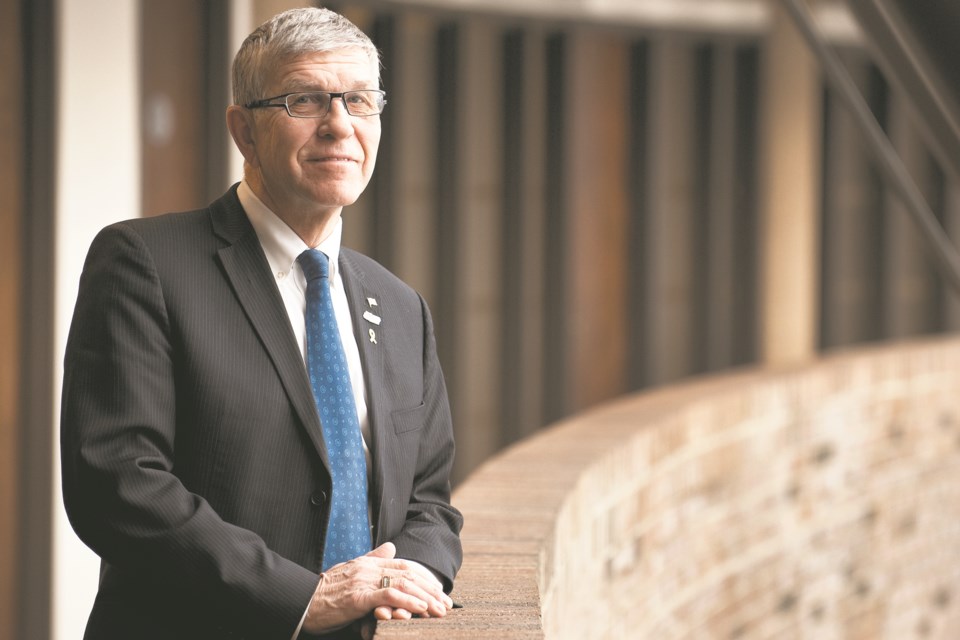In the book The Decameron by Italian author Giovanni Boccaccio, the tale is told that in Italy during the time of the Black Death, seven women and three men moved out of Florence to escape the plague to a deserted villa in the countryside. While there is much more to this story than simply people escaping the plague-ridden metropolis, the story is about how those who could afford to flee that pandemic, did so.
The reasons to get out of a city are perhaps straightforward. Physical distancing in Montreal, New York or Paris may mean committing to months inside an apartment of a few hundred square feet, with the knowledge that a global pandemic is just outside the front door. Heading for the hills, meanwhile, could mean peace and quiet, outside spaces and the opportunity to avoid the city’s risks, by being in the country. This was the case with the wealthy Europeans during the Renaissance and has repeated itself in other pandemics. People do not move far though; they stay within their close-by region, not too far from their main home.
Will Canadians (and municipalities) now view their regions differently after the pandemic than before the pandemic? We are a mobile society. Where we shop, dine, educate and recreate is now closer to home since the pandemic began than it was before the lockdown. For the first 100 years after confederation, Canadians were loyal to their close-by communities, but once highways became safer and quicker to drive upon, Canadians ventured further and soon became more regional in their movement patterns. In recent years, Canadians travel outside their local towns and to far beyond their close-by region for many reasons; something that Canadians did very little of decades ago. Some of that “stay-close-to-home” behaviour has now returned. We are currently staying closer to our home communities, closer to our bubbles and there are now some new factors that could become a growing trend into the years ahead.
For example, while the Decameron scenario will likely not repeat itself to a large extent in 2020-21, it provides a glimpse into how it can affect the movement of some people and likely there will be impacts regionally. And while municipal councils across Canada grapple with a new financial reality caused by COVID-19, “regional” officials from all orders of government have new opportunities to rebuild their relationships as partners with each other, thereby assisting in the rebuild of Canada. The provinces could become stronger partners with municipalities if they choose to do so.
The provinces could all use this opportunity to change the financial arrangements that they have with municipal governments. Instead, the provinces so far have taken the opportunity to distance themselves from municipalities. In Alberta, with recent proposed assessment policy changes, some counties are reporting possible 55 to 75 per cent tax increases next year.
There are various regional financial models utilized throughout North America, far better than the beg-and-give model used in Alberta. Revenue-sharing models, instruments, tools and formulae could be put in place that assist and reward regions that collaborate, while keeping local municipal autonomy intact. Without a new arrangement, politicians across Canada will simply continue with the same old financial models, made worse by the pandemic.
What we do not need are families "heading for the hills," unwilling to be part of the solution. While some families escaped during the plague, we now need all hands on deck, region by region, to be part of this recovery.
Nolan Crouse is a former St. Albert mayor.



